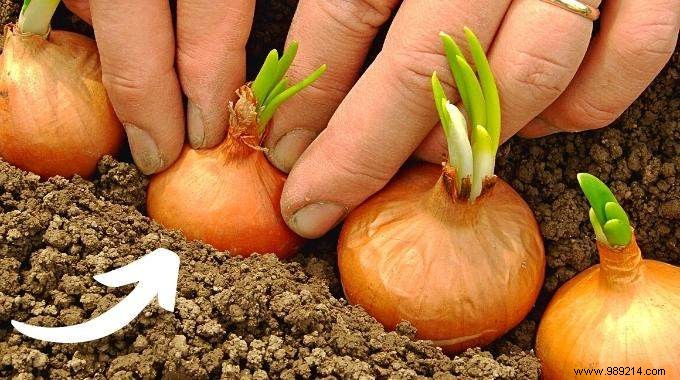
In February, temperatures rise and the days get longer.
A good opportunity to set foot in the garden.
But what can you plant in February?
Here I show you everything you can do in the vegetable garden this month.
Yes, you have to start early if you want fruits and vegetables in the spring.
With the help of my market gardening grandfather, I listed 13 plants to sow in the garden during the second month of the year.
Vegetables, fruits, flowers, aromatics, here is everything that grows easily in February. And for March, it's here. Watch:

In winter, the ground freezes or finds itself under snow for several weeks.
Before starting any planting, the garden must be restored.
One of the good practices is to aerate and turn the soil with a spade .
Especially if you haven't done it in the fall.
Also remove the remains of vegetables from the vegetable garden that have frozen, or what you have not harvested at the end of October.
If the ground is still frozen, do nothing before a complete thaw...it is urgent to wait and not to rush.
Either way, it will be so hard that you won't be able to do anything.
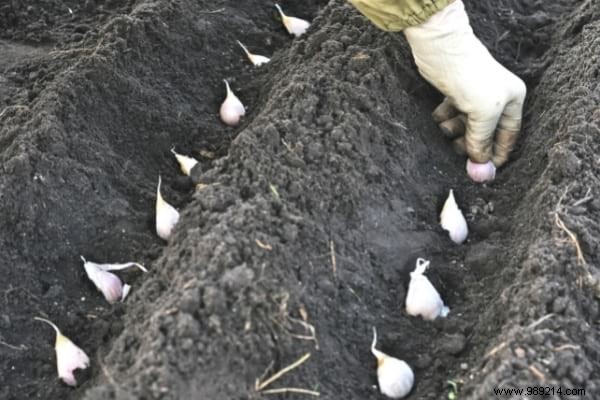
Garlic and shallots are planted from January to April.
Space each bulb 25 cm apart and plant them in the ground.
Also remember to space each row about 30 cm apart so that the garlic can develop properly in summer.
Choose a hardy variety for winter plants, such as Hermine, Meloine, Rose de Lautrec or Pintador.
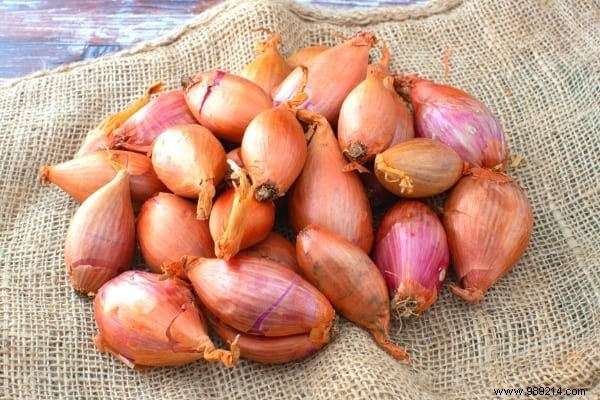
Like garlic, shallots can be planted in the ground as early as February.
Especially if you live in the south of France.
Otherwise, you can plant them in a greenhouse to avoid late frosts .
Space the bulbs about 25 cm apart and each row about 30 cm apart to encourage its development.
The winter shallot varieties are:Gray shallot and Jermor.

Another bulb that can be planted at the end of February.
Push the bulbs about 1 cm underground and leave at least 30 cm between each row.
Why ? Simply so that they grow easily as soon as it gets warm.
Prefer winter varieties such as Snowball or Early Paris White .
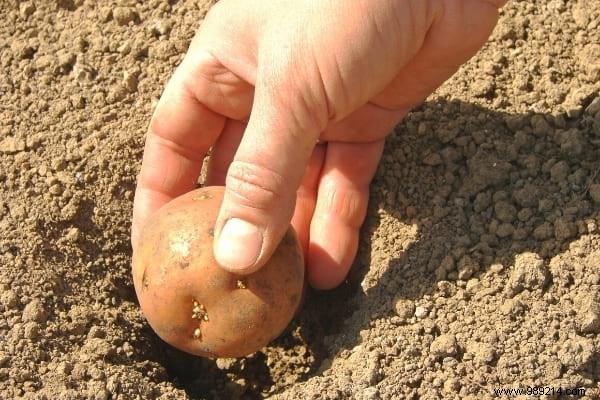
If you live in the south of France, you can already plant the potatoes.
If not, now is the time to start sprouting them in order to plant them at the end of March/mid-April.
Choose a hardy variety like Belle de Fontenay.
Then plant a potato every 40 cm at a depth of about 15 cm.
Cover with soil and water (provided it doesn't freeze the following night).

Again, if you live in a temperate region, you can already sow early carrots.
But there is one condition:that the seedlings are well sheltered in a greenhouse for example .
I recommend this method to space the carrot seeds which are very small.
For carrots, choose an early variety such as Marché de Paris, Bellot or Nantaise.
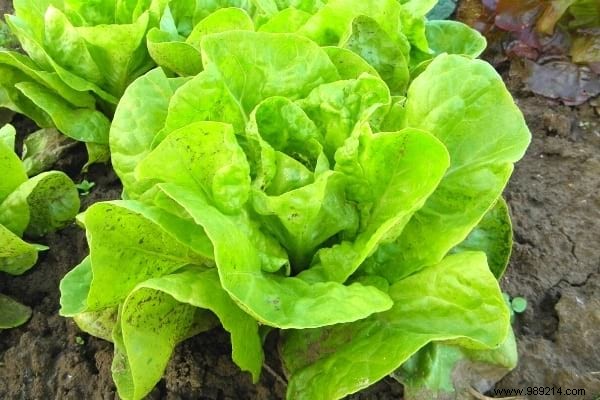
We love having a fresh salad, even in winter.
But what variety of lettuce can you plant in February?
Lettuces are among the easiest to grow in pots or in the vegetable patch. And they are resistant.
On the other hand, they must be kept covered or under shelter until it no longer freezes at night.
Choose Reine des Glaces, Sucrine or Rouge Grenoble which are very rustic.

Yes, if you want to eat good vegetables in the spring, you have to do it at the end of winter.
If the plot is well exposed, they can be sown in the ground.
Spinach emerges in about 10 days.
If you see that the feet will be too tight, thin out the row.
How? 'Or' What ? Simply by removing every other foot
If necessary, sow them in a greenhouse.
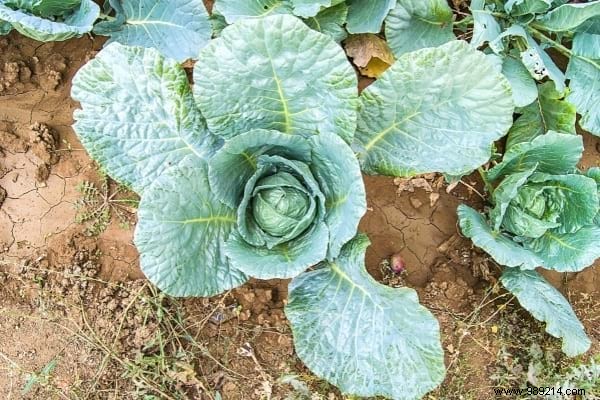
Cabbage, kohlrabi, cauliflower or Brussels sprouts, all cabbages can be sown indoors from February.
But it is absolutely necessary to leave them under shelter until they grow sufficiently.
Then, you can transplant them in the ground towards the end of April.
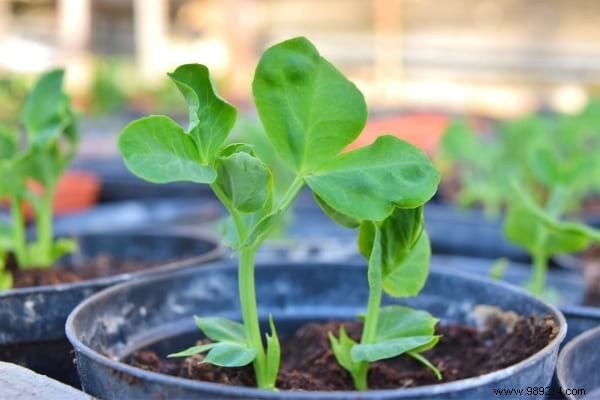
Peas can be sown directly in the ground in the final location.
Bury each seed 3cm underground and space them about 30cm apart.
As the peas need to run, you can already install the stakes.
This avoids planting them when the plant is already big and damaging the roots.

Provided you have a shelter or a greenhouse, it is perfectly possible to sow radishes from the month of February.
Why ? Because it is still too cool in the ground for it to develop.
But under cover, they are eaten about 3 weeks after sowing.
Choose the "Kocto" or "Gaudry" radish, early varieties known to be non-spicy.
Then, arrange the seeds in a line, being careful not to pack them too much. Cover with soil and water.
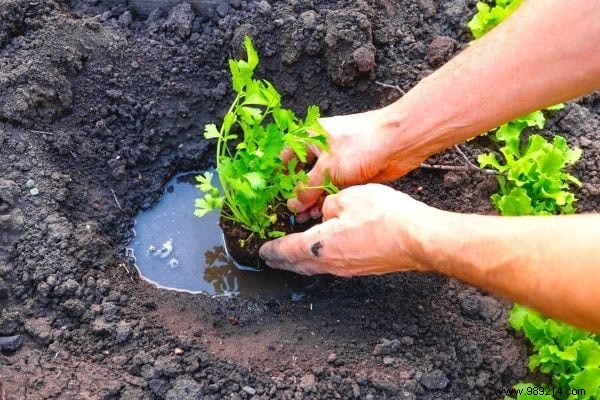
Whether in pots or on a sheltered or very sunny plot, parsley can be sown in February.
This aromatic herb loves light and rather humid soils.
Just put some seeds under 2cm of soil and water.
Put in the sun and be sure to keep the soil moist.

The month of February, especially if the days are fine and the weather is mild, is the time to sow summer flowers.
But we often wonder what flowers to plant in February.
Well, where can you think of nigella, cosmos, poppy, marigold, nasturtium...
If you live in an area where it is still cool in February, especially at night, sow these seeds under cover or in a greenhouse.
You don't have a greenhouse, well make it easily with this trick.
And why not take the opportunity to put the summer bulbs in the ground?
For example gladioli or dahlias.

Provided that it no longer freezes very hard at night, you can put the young trees in the orchard in the ground.
Apple, pear, plum, apricot, peach, walnut, cherry...
Dig a large hole and put the young shoot in the ground before watering well.

The pruning period takes place before the sap rises. For this, arm yourself with a good secateur.
February is therefore the ideal period in most French regions.
Prune the roses . For this, cut the faded flowers. Then cut 1/3 of last year's branches.
Why ? Quite simply to stimulate regrowth and the production of new wood...and therefore flowers.
Prune the raspberries , mulberry, blackcurrant and currant bushes if it was not done in the fall. Feel free to cut them sharply.
For hazelnut trees, fig trees, apple trees, pear trees and other "pome" fruit trees, simply remove the dead wood.
Prune the hydrangeas by cutting them quite short if it was not done in autumn. Be careful, do not prune them too late, because the flowers appear on the branches of the year.
Prune the vine and remove the dead wood, especially that which is at the bottom of the vine stock. Then, on young wood of the year, leave 3 buds and cut the rest of the stem.
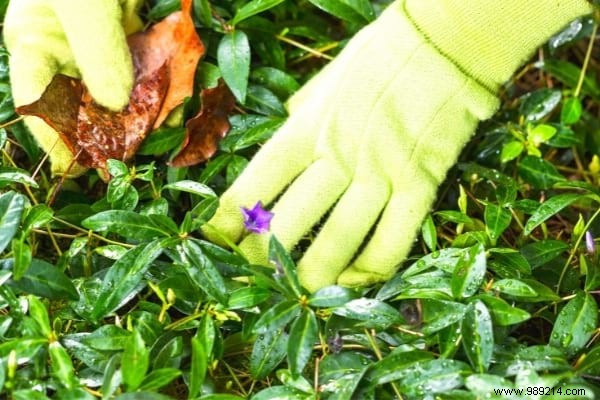
From February, the first spring flowers are emerging from the ground.
It's time to clean the flowerbeds in order to let them out easily... and enjoy them.
Remove frost-blackened plants, weeds and turn the top of the soil.
At the end of February, if the temperatures are mild, remove the mulch that covers the beds. It's important to let the earth breathe .
